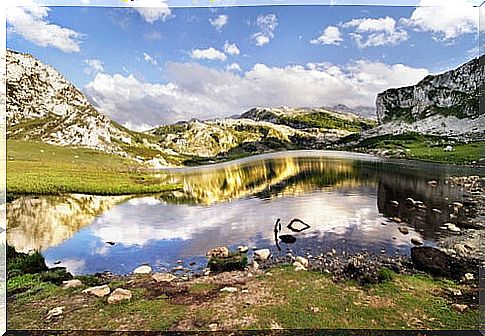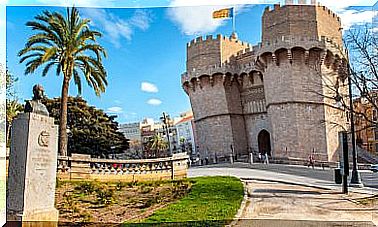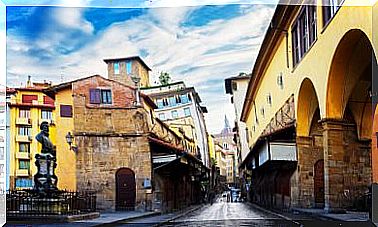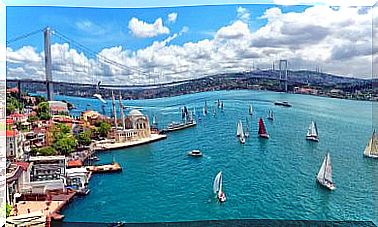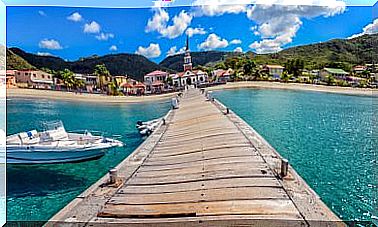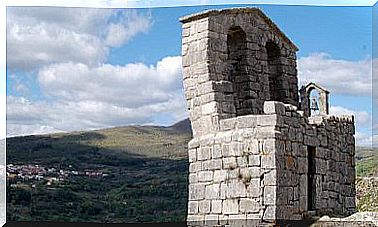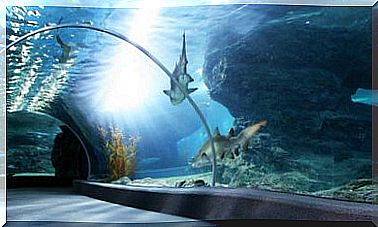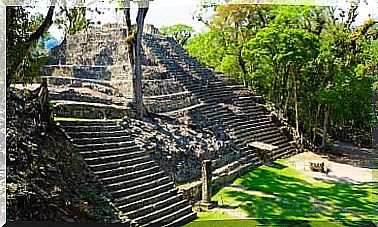The 6 Natural Parks In Spain That You Should Visit
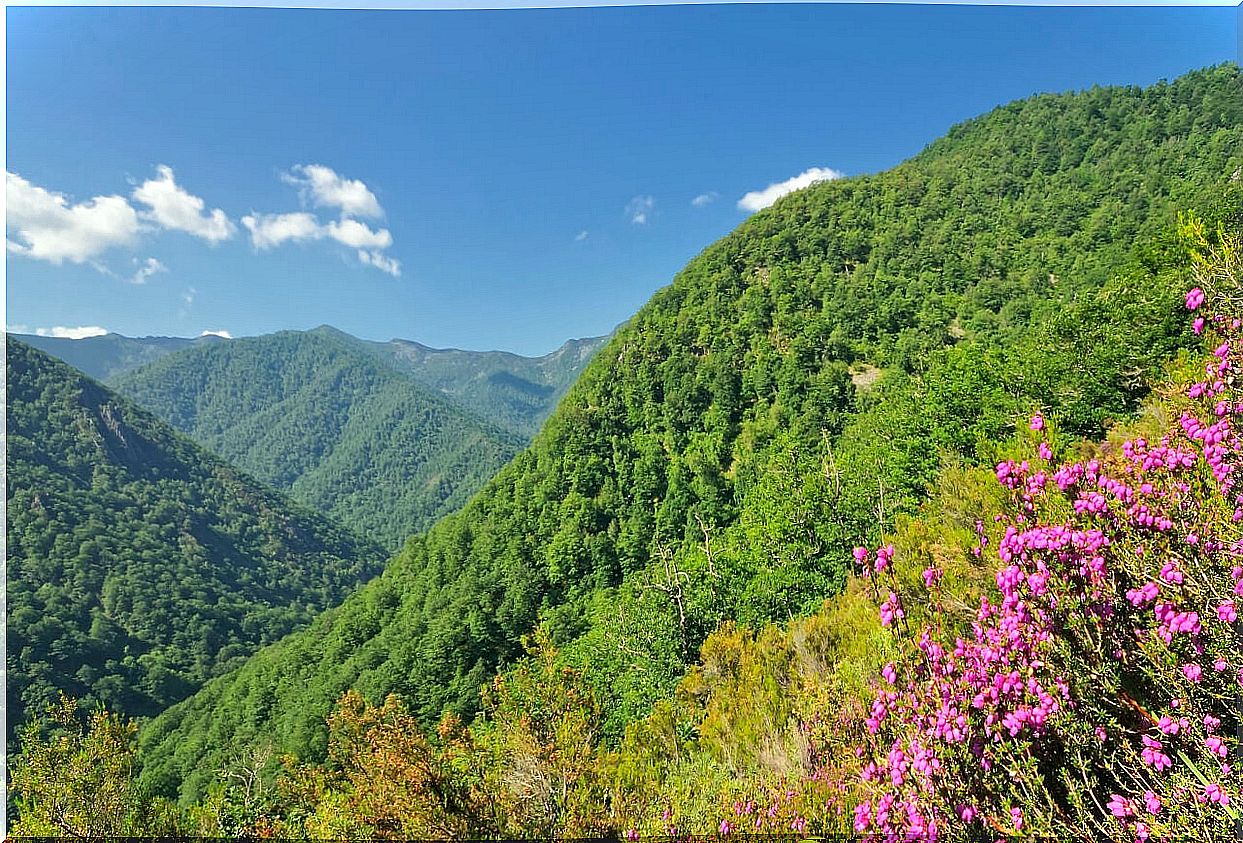
Natural spaces offer the opportunity to learn more about the geography and environmental conditions of the environment through activities such as responsible ecological tourism. If this is your mark, we invite you to visit some natural parks in Spain. They are sure to become the essentials on your next traveling itinerary!
Get ready for a walk through these protected territories where you will find biodiverse natural systems that, due to their importance, must be cared for and preserved, since they are part of the natural heritage. You just need your backpack on your shoulder, comfortable shoes and a lot of desire to relax and have a good time!
Natural parks in Spain that you must visit
In Spain, according to Law 47/2007 on Natural Heritage and Biodiversity, natural parks are:
The natural parks of Spain are increasingly sought after destinations. Either for vacations or getaways, to be in direct contact with Nature, do outdoor sports, walk or simply appreciate beautiful landscapes. Here we bring you a selection of the most recommended.
1. Cabo de Creus Natural Park
Following the coastline of the Community of Catalonia, to the north of the province of Girona, is Cabo de Creus. This area of great biodiversity and a particular geological structure was the first Spanish maritime-terrestrial park declared as such, in 1998.
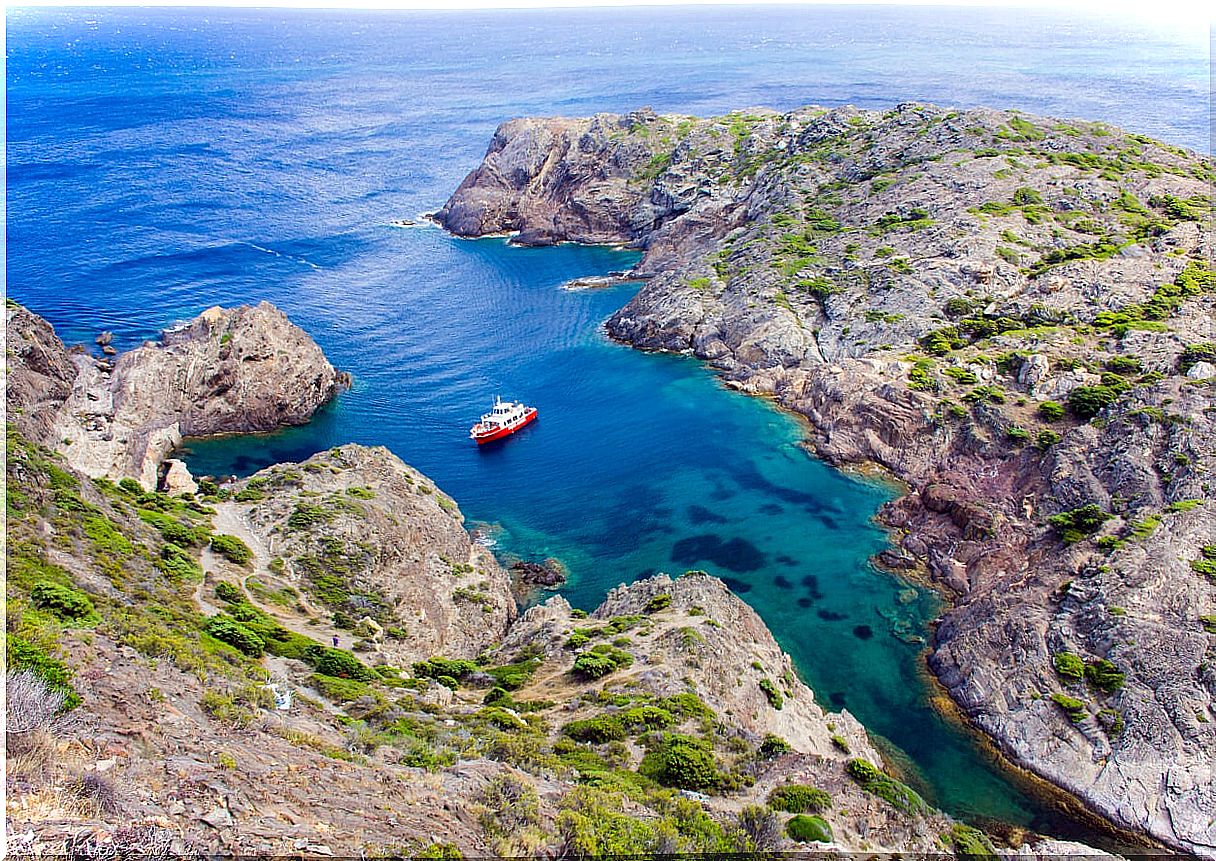
In the place you can carry out activities such as bird and whale watching, hiking, kayaking, cycling, horseback riding to see the park and in boats to travel the coast. There are also areas to spend the day with the family, with designated areas for barbecues. We recommend that you consult the list of guides authorized to organize activities in the park on the official site.
2. Hoces del Río Duratón Natural Park
Northeast of Segovia, the Duratón River forms a deep canyon with steep walls more than 100 meters high. The winding course of the watercourse, the rock formations created by erosion and karst phenomena have resulted in an incredible landscape. This is one of the natural parks in Spain that, for sure, you must visit.
The beauty of the place is completed by the diversity of flora and fauna and the contributions of the cultural and artistic heritage of places such as Sepúlveda, the Ermita de la Calleja and the Cueva de los 7 Altares, from the Bronze Age.
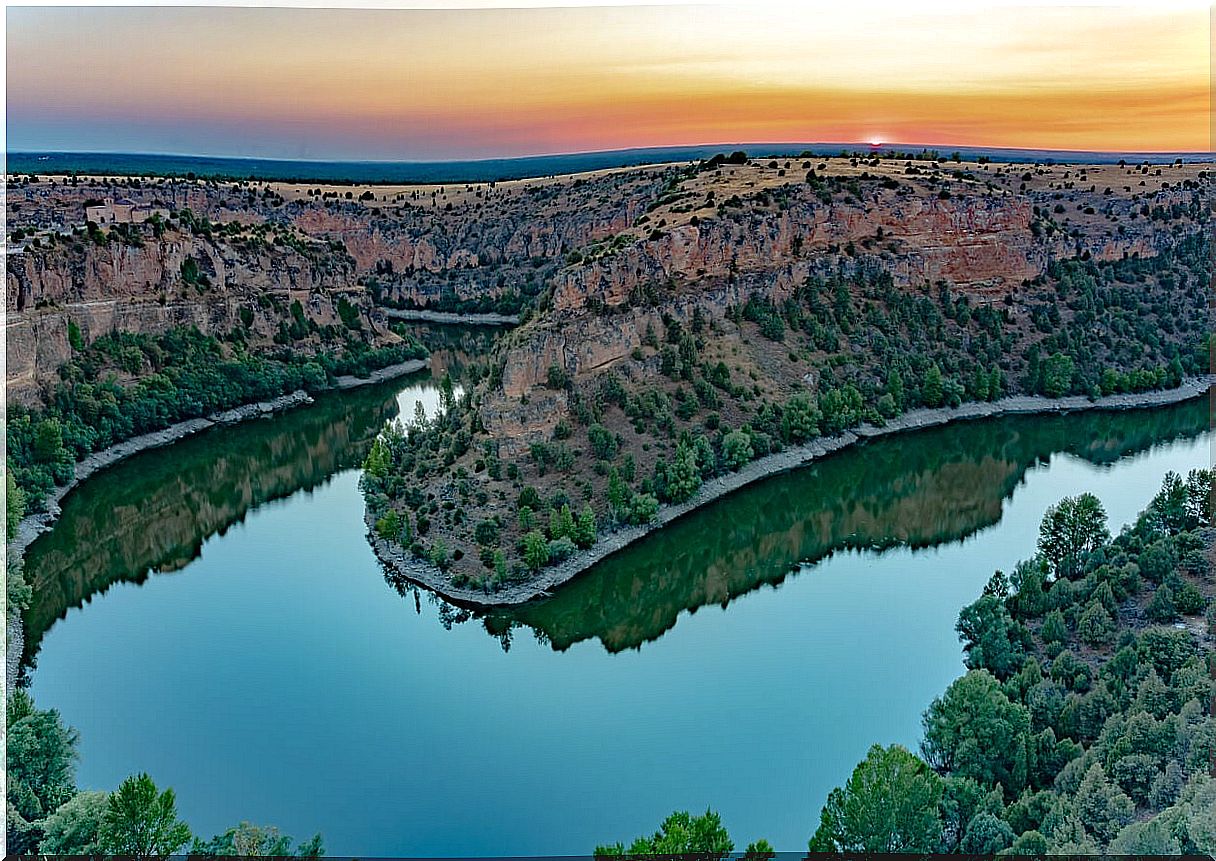
The tour of the park can be done through an extensive network of trails with different levels of difficulty and stops at strategic points called viewpoints, from where you will appreciate unparalleled panoramic views:
- Virgen de la Peña, next to the church of the same name, in Sepúlveda.
- Postigo de la Perejilera, near the town of Sepúlveda.
- Portillo, neighbor to the Monastery of Nuestra Señora de los Ángeles de la Hoz.
- Paso de la Glorieta, near Sepúlveda.
3. Natural Park of Fuentes del Narcea, Degaña and Ibias
Immersed in the middle of the succession of mountains and valleys of the Cantabrian Mountains between Asturias and Cantabria , in the area of the sources of the Narcea and Ibias rivers, this natural park and biosphere reserve is located, where there are the best oak forests preserved from Spain, such as that of Muniellos —in cover image—. This is the land where the Cantabrian brown bear lives, a species in recovery, as well as other protected animals.
Here you not only find beautiful landscapes and biodiversity, but you can also get to know small dream towns, wineries and some Asturian artisan traditions, such as the cunqueiros and tixileiros. If you like active nature tourism, plan a walk along the hiking trails to see the most interesting points.
4. Aizkorri-Aratz Natural Park
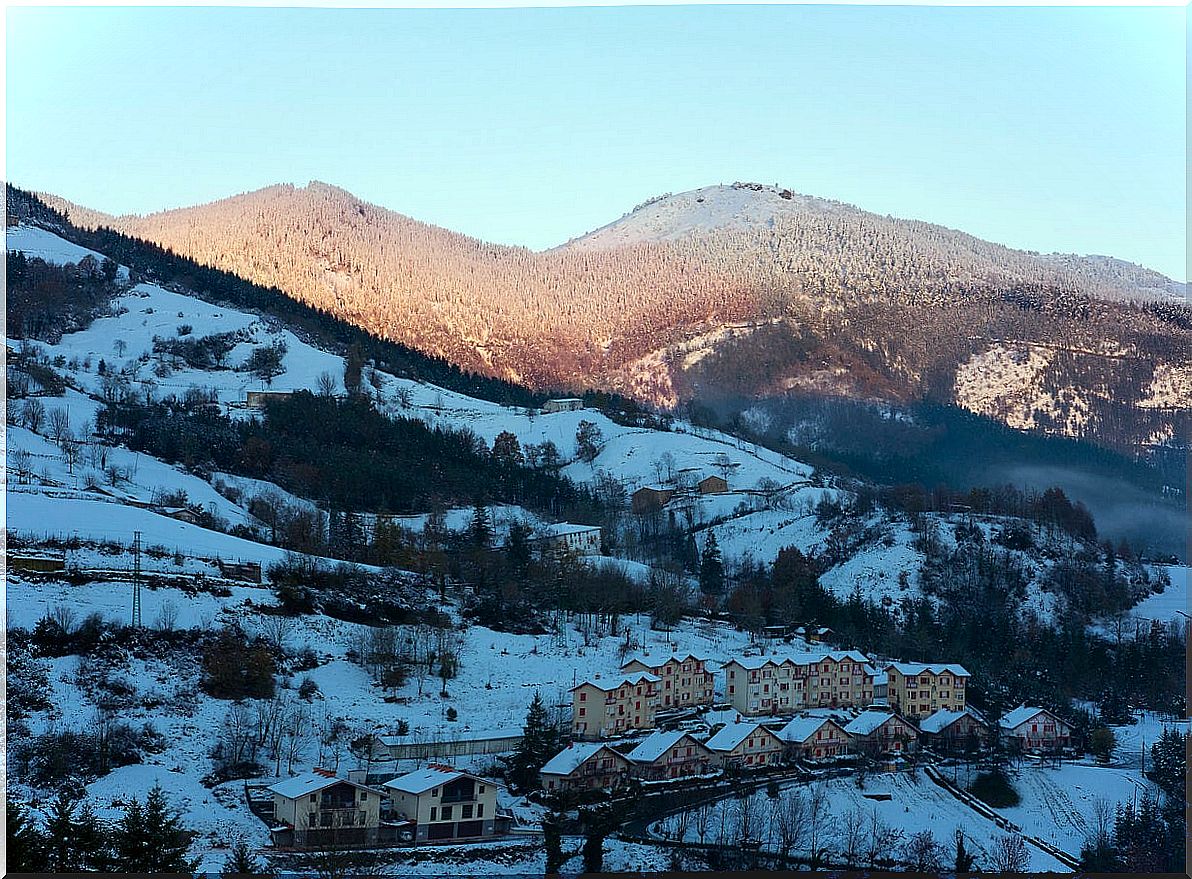
Occupying part of the provinces of Gipuzcoa and Álava in a landscape of limestone mountains, is this protected area where nature is fully generous. In this place, we suggest you visit the famous Iturrigorri beech forest and relax observing the landscapes of green valleys dotted with typical Basque villages.
Learn a bit of history in the prehistoric caves and tread ancient Roman roads, and even experience part of the Camino de Santiago that passes through this park. Here, culture, nature and outdoor sports go hand in hand, and you can enjoy it all when you take any of the marked hiking trails through the park.
5. Calares del Río Mundo and La Sima Natural Park
Located in the community of Castilla-La Mancha, province of Albacete – exactly in the Alcaraz and Segura mountains – this park is characterized by hosting one of the most spectacular natural phenomena in Spain, such as the Nacimiento del Río Mundo waterfall.
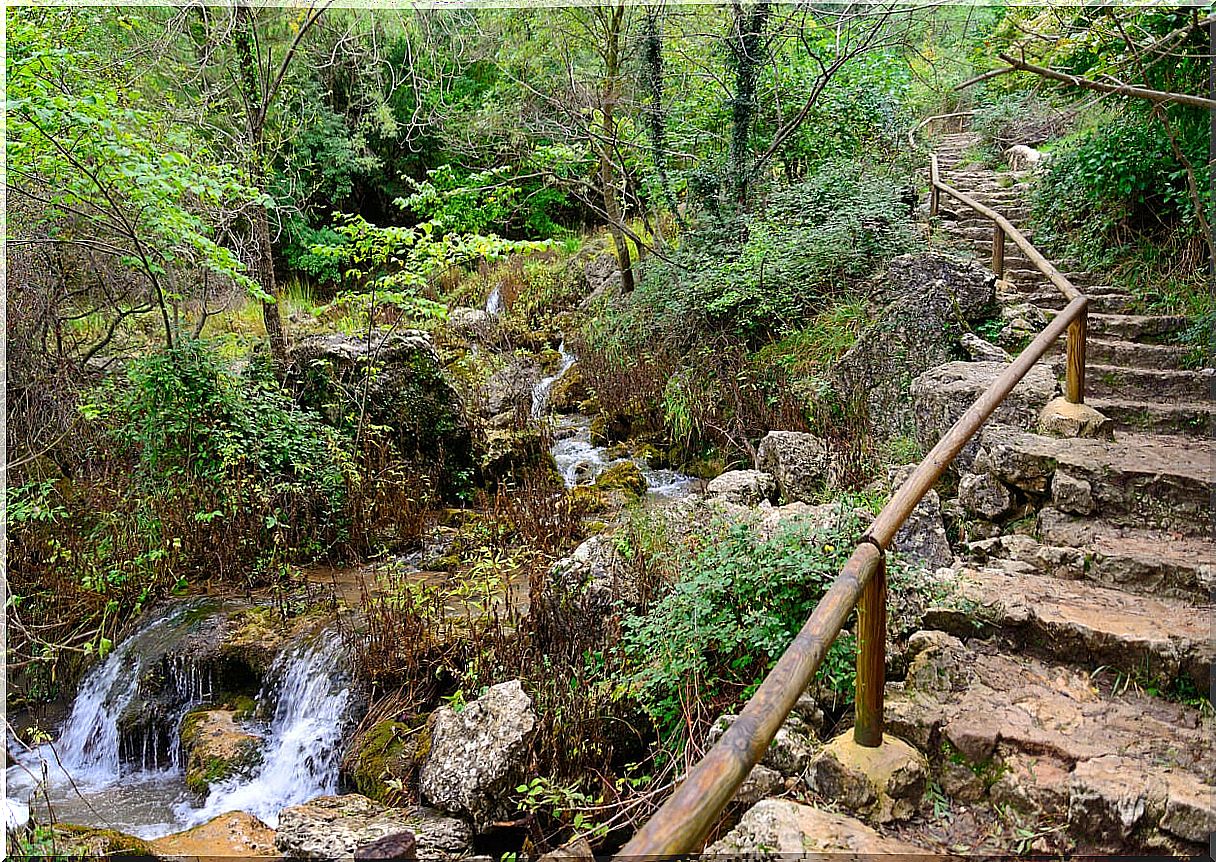
Here, the erosive action of the karst has created an imposing natural space with steep walls, caves, sinkholes and other distinctive geological formations of the calares landscape. In addition, it has a great biodiversity of fauna and flora, among which more than 30 endemic plant species stand out.
This site is great for lovers of caving, climbing and canyoning, although you can also take walks between the different points of the park. Some of them are the Calar del Mundo, the Calar de en Medio, the Chorros del Río Mundo, the Poljé de la Cañada de los Mojones, the Sierra del Cujón and the Calar de la Sima.
6. S’Albufera Natural Park
It is estimated that this wetland on the island of Mallorca is more than 10,000 years old. Its evolution has transformed it into an area of high ecological value, which is why it was declared a natural park in 1988. It is also a RAMSAR site and a ZEPA (Special Protection Area for Birds).
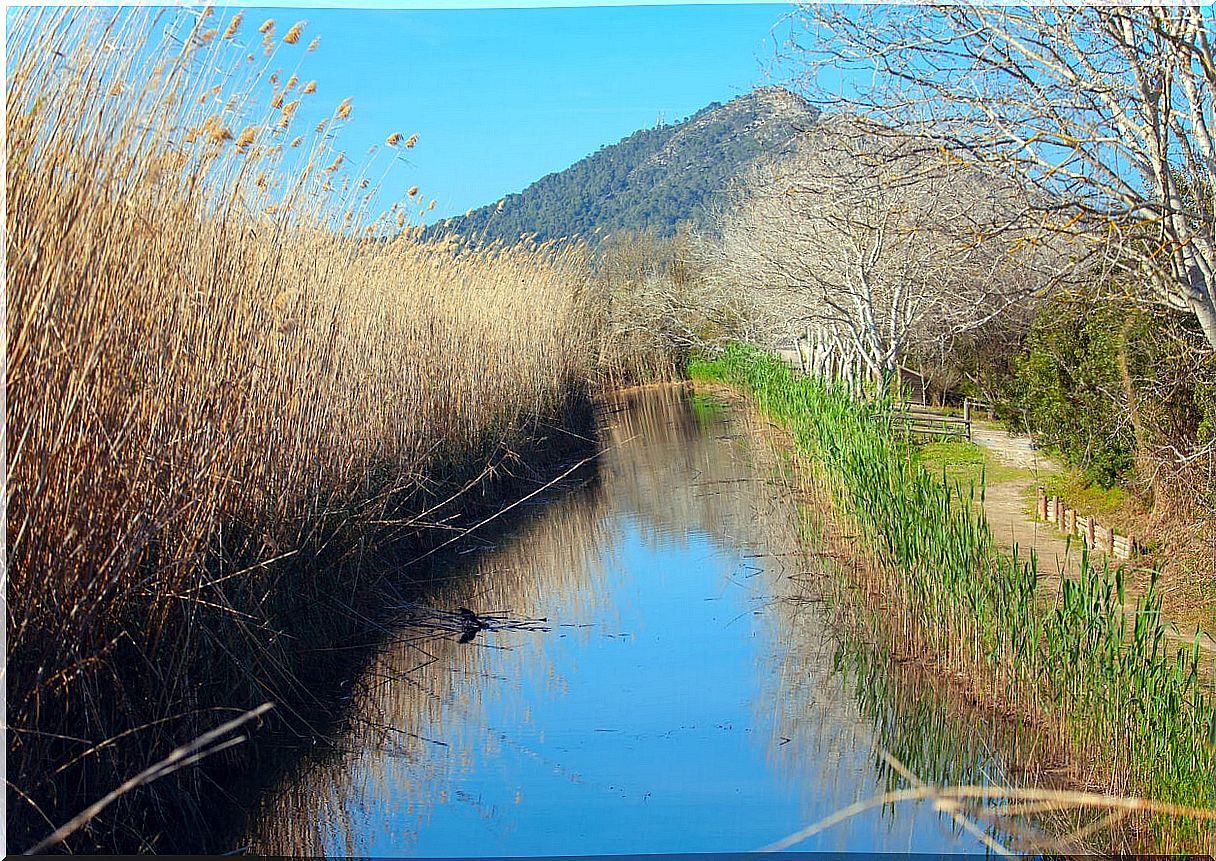
The landscape of the park is formed by a large expanse of water separated from the sea by sand dunes. In the interior, the vegetation is adapted to the wetland environment; some live on the dunes and others are semi-submerged in water. As for the fauna, there are more than 300 varieties of birds, as well as fish and reptiles.
You can get to the park area by car, but you have to leave it in the authorized car parks and enter on foot or by bicycle crossing the Puente de los Ingleses. From here, you can choose several itineraries :
- Colombars : they are 2.5 hours of medium difficulty.
- Rock: 1.5 hours with low difficulty.
- Cibollar : 1.5 hours with low difficulty.
- Camino de En medio – Ses Puntes : 3 hours with low difficulty.
Natural parks, protected sites for future generations
Since the creation of the first national park in 1918, Spain has not ceased in its objective of preserving the natural space. Currently, the country has more than 12 million hectares destined for Protected Natural Areas.
Thanks to this, you have a wide variety of places to choose from, be it in the mountains, on the islands, on the coast or in a landscape of volcanoes. In any province, we assure you that you will find one of the natural parks in Spain that you must visit and that you will never forget!
